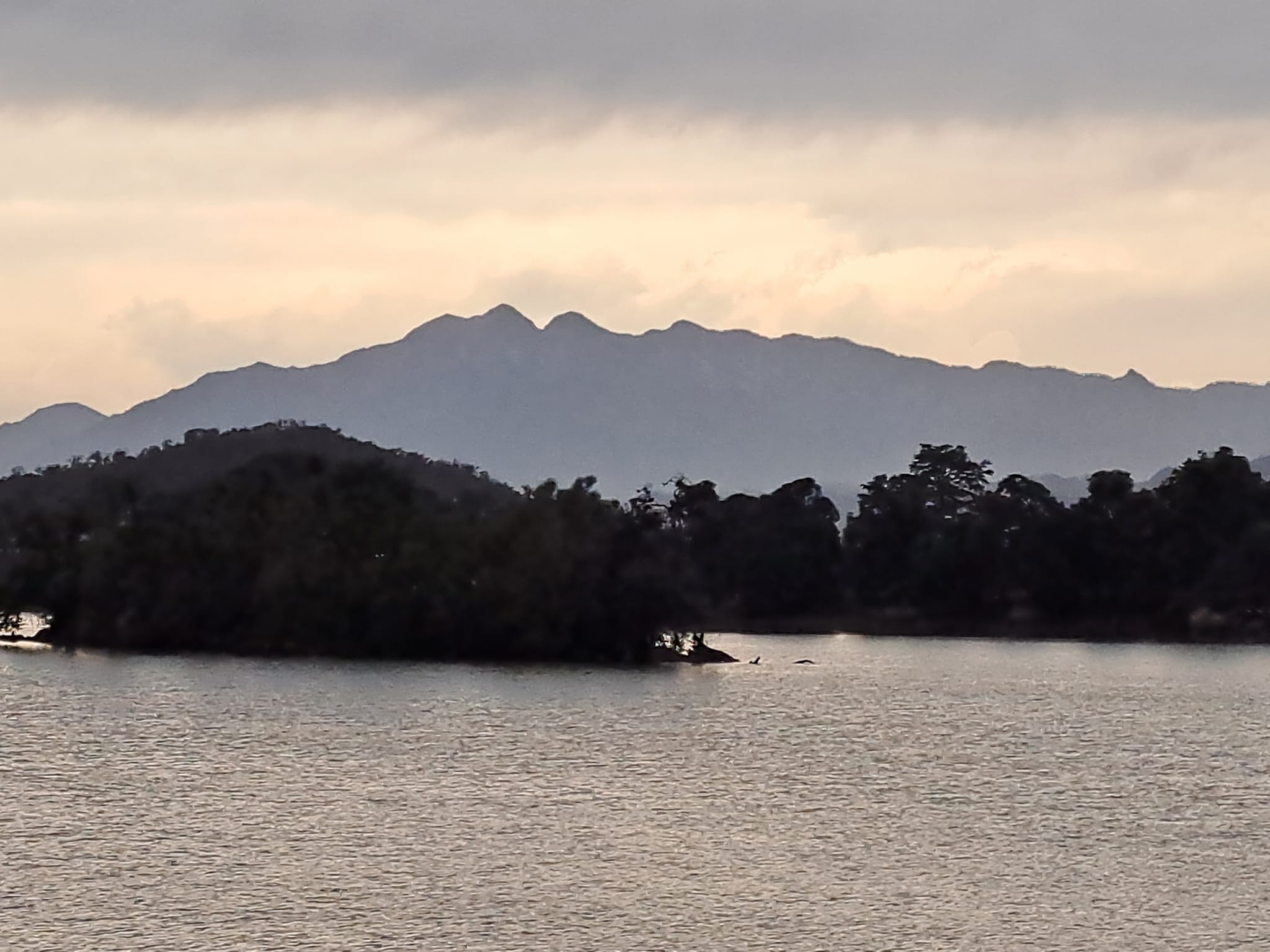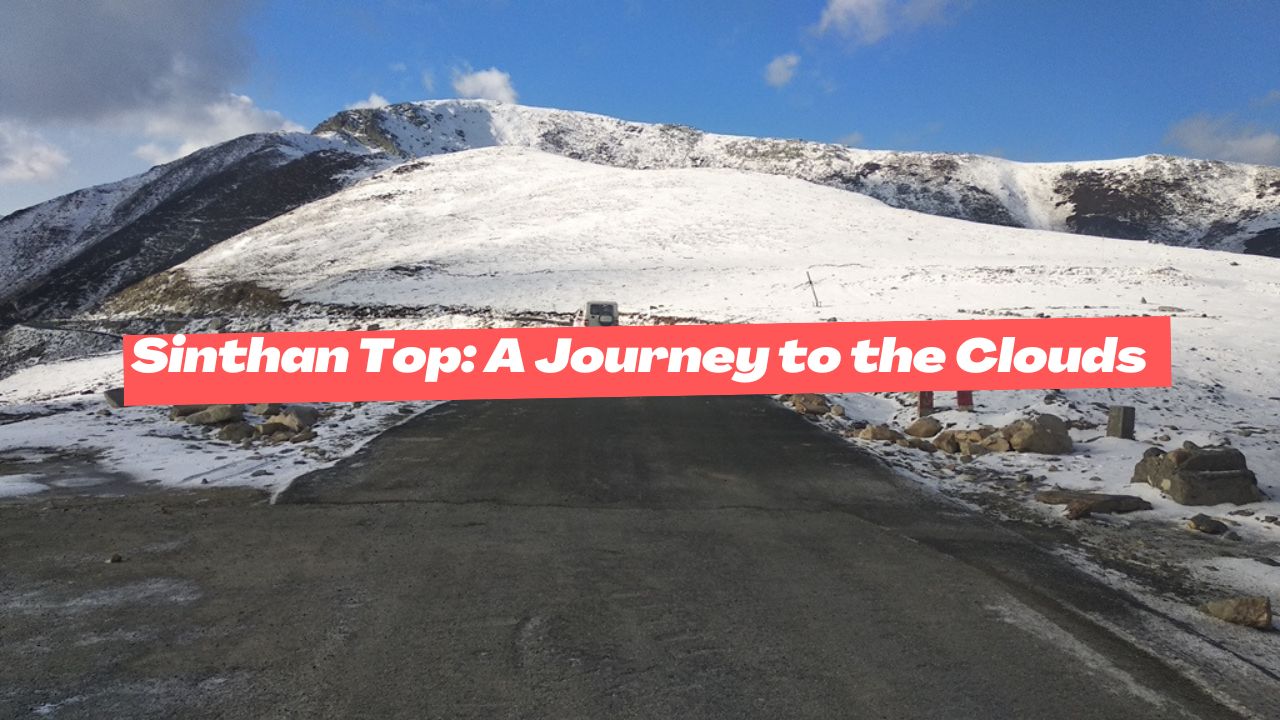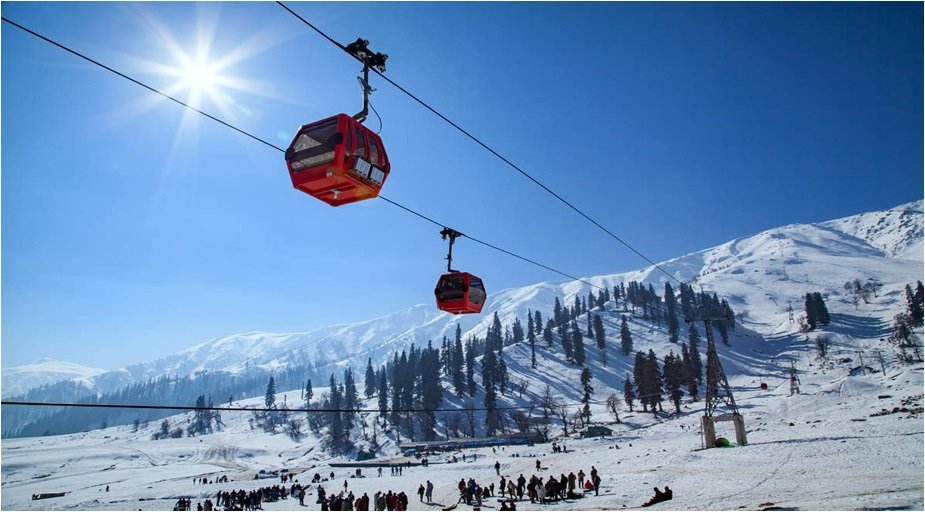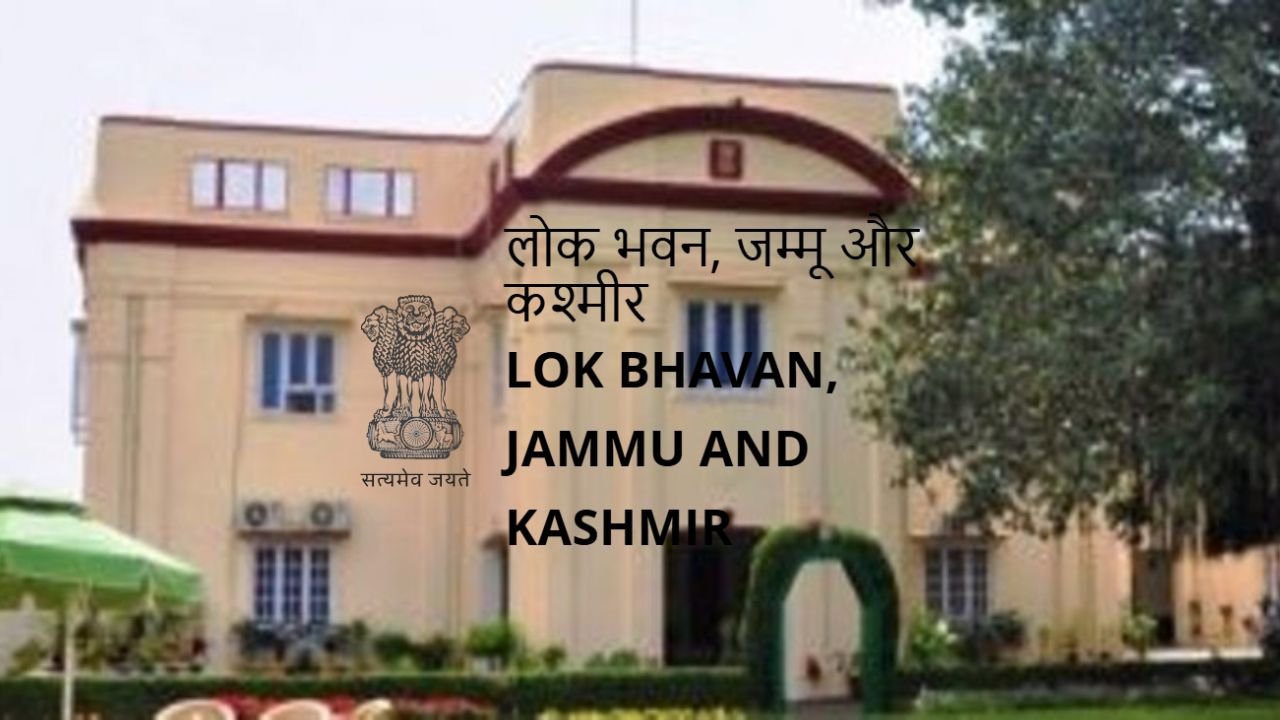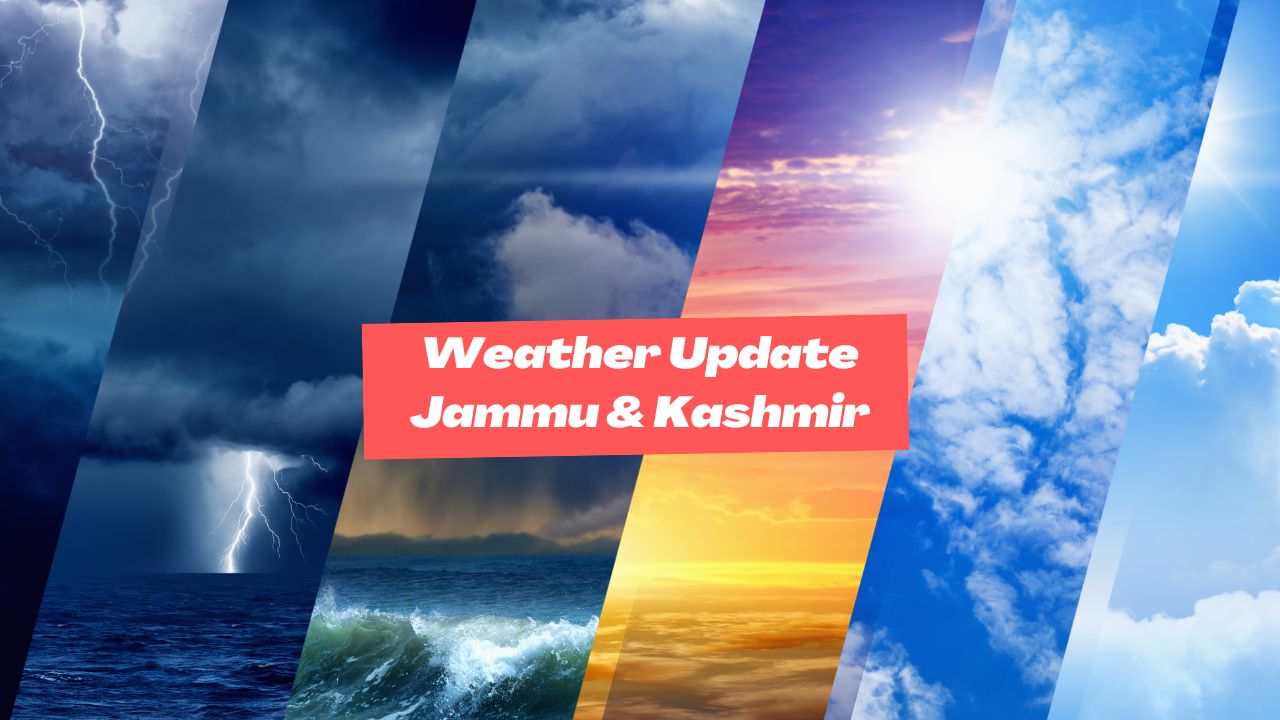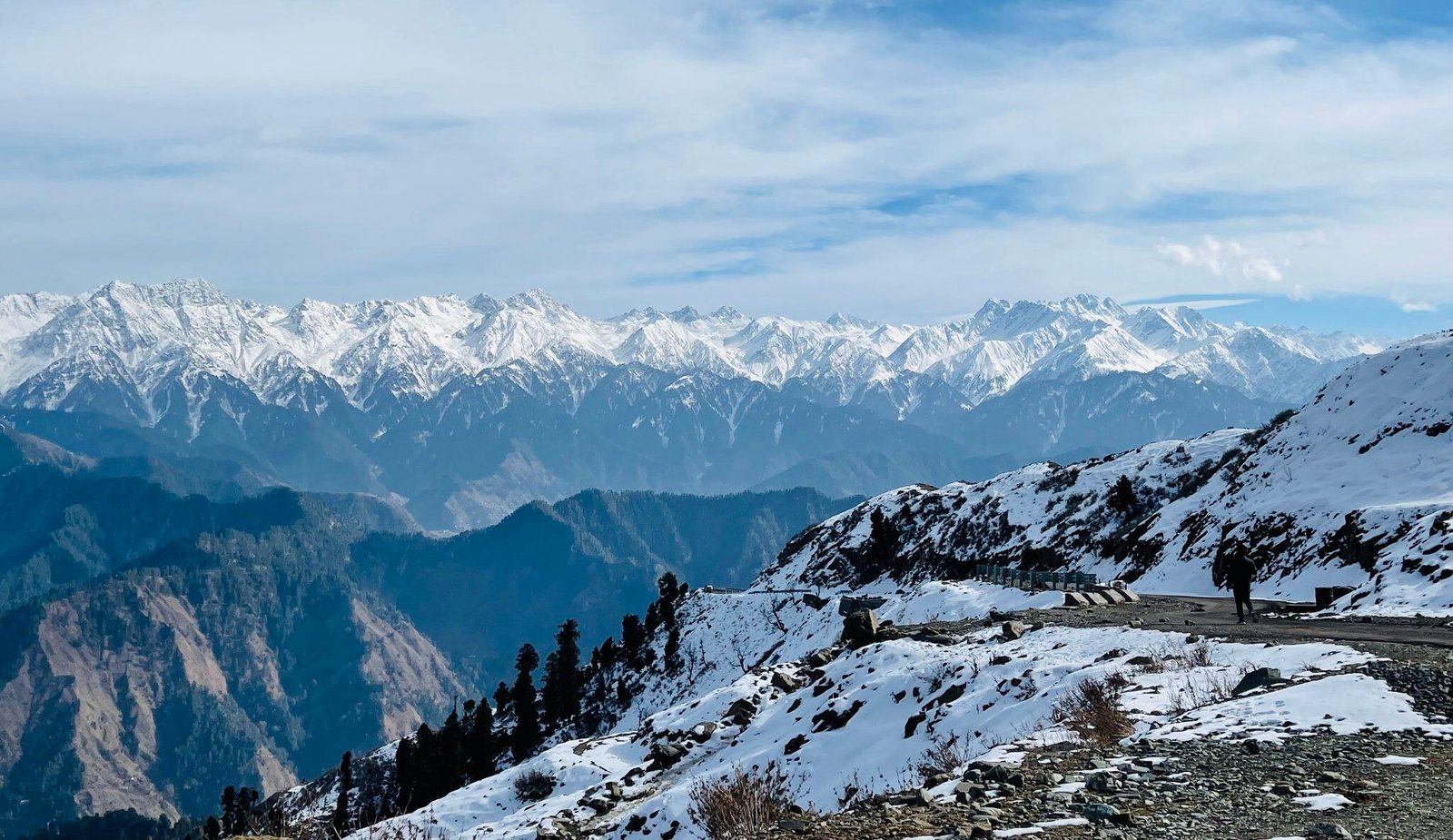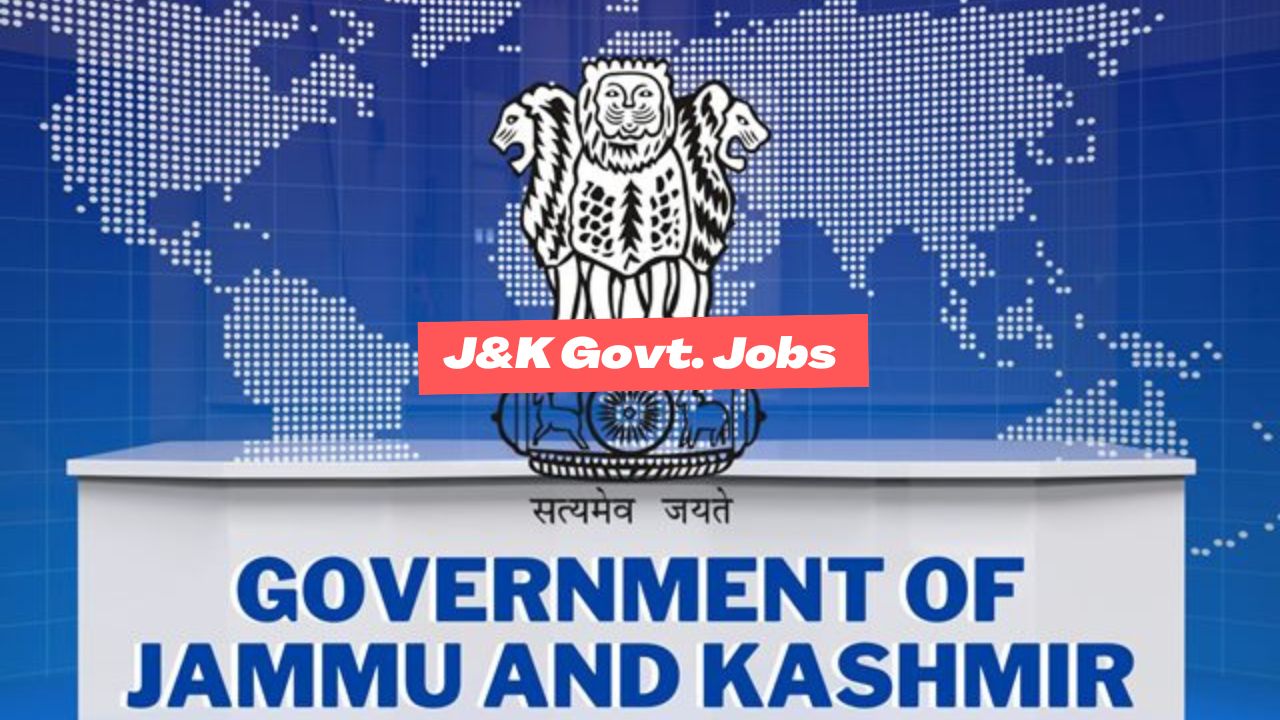The Saruinsar Lake area in Samba district is experiencing land sinking issues, while the expansion of glacial lakes in Kishtwar, posing a potential flood threat, has been reported by the Daily Excelsior newspaper.
Saruinsar Lake Area in Samba District Faces Land Sinking Issues
The land surrounding the popular tourist and pilgrimage destination, Saruinsar Lake in Samba district, Jammu & Kashmir, is experiencing significant sinking. This phenomenon has led to structural damage and deterioration of the road network in the vicinity, raising serious concerns among local residents.
Bodh Raj Singh, a former Sarpanch of Saruinsar, revealed that the issue has been reported to the concerned authorities multiple times, yet no concrete action has been taken to address the problem. Residents of the area have urged the administration to intervene and implement necessary measures to stabilize the land and prevent further damage.
Expanding Glacial Lakes in Kishtwar Pose Potential Flood Threat
In another alarming development, three glacial lakes in the upper reaches of Kishtwar district are rapidly expanding. Scientific studies indicate a continuous increase in their size over the past two decades, heightening the risk of a potential Glacial Lake Outburst Flood (GLOF). If left unchecked, an outburst could lead to catastrophic flooding in the tributaries of the Chenab River.
Recognizing the urgency of the situation, the Jammu & Kashmir Government has taken proactive steps by constituting the Focused Glacial Lake Outburst Flood Monitoring Committee. This committee, formed under Order No. 930-JK(GAD) dated April 4, 2024, has been tasked with assessing the status of glacial lakes, identifying vulnerable locations, and recommending preventive measures in collaboration with the National Disaster Management Authority (NDMA).
Read also: Liquor and Non-Veg Ban Near Mata Vaishno Devi Extended: What Pilgrims Need to Know
Scientific Findings on Kishtwar’s Expanding Glacial Lakes
Recent scientific expeditions conducted in Kishtwar have revealed a startling increase in the size of these glacial lakes. Analysis of satellite images spanning over 20 years has shown that the lakes, which once covered 10 to 12 hectares, now span between 80 to 90 hectares. This rapid expansion is attributed to rising temperatures, which accelerate glacial melting, leading to excessive water accumulation in the lake basins.
Experts have highlighted that glacial lakes form when melting glaciers fill depressions left behind by retreating ice. Rising global temperatures have significantly contributed to the increase in meltwater, exacerbating the problem.
Government’s Mitigation Strategies and Action Plan
To combat the growing threat posed by these expanding glacial lakes, experts have recommended controlled drainage systems. However, implementing these measures requires a careful approach to ensure that the natural impoundment structures remain intact while mitigating the risk of sudden outbursts.
The government has planned a phased mitigation strategy:
- Phase-I: Identification and assessment of high-risk glacial lakes (which has been completed).
- Phase-II: Implementation of specific mitigation measures, including controlled drainage and infrastructure reinforcement.
- Phase-III: Establishment of a Glacial Lake Outburst Flood Early Warning System (EWS) to enhance disaster preparedness.
Additionally, training programs will be conducted to equip personnel with the necessary skills to operate and interpret the EWS. In cases where necessary, lake-lowering techniques will be deployed to prevent catastrophic flooding.
Read also: Mansar Lake (Things to Do, Timings, Best time to visit, Images & Location)
Addressing Environmental Risks in Jammu & Kashmir
The increasing environmental threats in Jammu & Kashmir, including land sinking near Saruinsar Lake and the expansion of glacial lakes in Kishtwar, call for urgent action. While the government has initiated steps to mitigate risks, sustained monitoring, advanced research, and community involvement are crucial to prevent potential disasters.
By implementing robust environmental management strategies, authorities can safeguard local communities, infrastructure, and ecosystems from the adverse impacts of climate change and geological instabilities. The future of these fragile landscapes depends on immediate and sustained intervention to ensure safety and environmental stability in the region.

